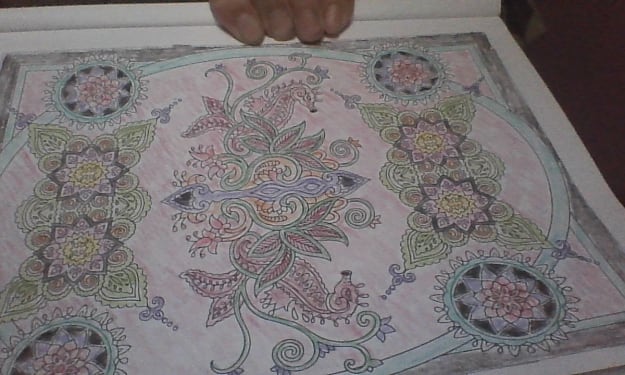
In the vast landscape of the art world, where grandeur often reigns supreme, there exists a niche so small, yet so intricately detailed, that it defies conventional understanding. This niche is the realm of micro art and micro sculpture, where artists work with precision tools and boundless patience to create wonders that can only be fully appreciated under a microscope.
The origins of micro art and sculpture can be traced back centuries, with early examples found in cultures around the world. In ancient Egypt, artisans carved intricate hieroglyphics and symbols onto precious gemstones and amulets, showcasing a remarkable attention to detail even on the tiniest of surfaces. Similarly, Chinese artisans crafted delicate scenes inside snuff bottles, using fine brushes and specialized tools to create miniature landscapes and portraits.
However, it wasn't until the 20th century that micro art and sculpture began to gain recognition as a distinct form of artistic expression. One of the pioneers in this field was Hagop Sandaldjian, known as "Mr. Micro," who gained fame in the 1960s for his miniature sculptures carved from grains of rice and grains of sand. Sandaldjian's work captured the imagination of audiences worldwide, demonstrating the potential for artistry on a micro scale.
Creating micro art and sculpture is a labor-intensive process that requires a steady hand, meticulous attention to detail, and a deep understanding of materials. Artists often work with magnification devices such as microscopes or loupes to achieve the level of precision necessary for their creations.
The tools of the trade vary depending on the artist's preferences and the materials being used, but common implements include fine brushes, needles, scalpels, and even dental tools. Artists may also employ unconventional materials such as grains of sand, pencil leads, or even individual strands of hair to create their miniature masterpieces.
The process typically begins with careful planning and sketching, as the artist maps out the design and composition of their sculpture on a microscopic scale. Once the design is finalized, the artist then begins the painstaking task of sculpting, carving, or painting their creation, often working under magnification to ensure accuracy and precision.
Each stroke of the brush, each cut of the blade, is executed with precision and care, as the artist brings their vision to life in miniature form. The process can be time-consuming, with some pieces taking weeks or even months to complete, but the end result is a marvel of craftsmanship and creativity that defies expectations.
Numerous artists have made significant contributions to the world of micro art and sculpture, each bringing their unique style and vision to the medium. One such artist is Willard Wigan, a British sculptor known for his astonishingly tiny sculptures that can fit within the eye of a needle or on the head of a pin. Wigan's work includes miniature replicas of famous landmarks, portraits of historical figures, and whimsical scenes that capture the imagination.
Another notable artist is Jonty Hurwitz, whose "nano sculptures" are so small they can only be viewed using electron microscopes. Hurwitz uses advanced technology and mathematical algorithms to create his sculptures, which are often no larger than a single human cell. His work pushes the boundaries of what is possible in the world of micro art, blurring the line between science and sculpture.
Other artists, such as Hasan Kale and Salavat Fidai, specialize in micro painting and sculpture, respectively, using everyday objects as their canvas. Kale creates miniature paintings on objects such as seeds, fruit pits, and even butterfly wings, while Fidai carves intricate sculptures into the tips of pencils, transforming ordinary writing implements into works of art.
Despite their small size, micro art and sculpture have a profound impact on viewers, challenging perceptions of scale and inviting closer inspection. These miniature masterpieces force us to slow down, to pay attention to the details that might otherwise go unnoticed, and to appreciate the beauty and complexity of the world around us.
In a society that often values grand gestures and larger-than-life personalities, micro art and sculpture remind us that sometimes, the most remarkable things come in the smallest packages. They are a testament to the power of creativity and ingenuity, proving that even the tiniest canvas can be a gateway to infinite possibilities.
As technology continues to advance and artists push the boundaries of their chosen medium, the world of micro art and sculpture is sure to evolve and expand, offering new insights and inspiration to future generations of artists and art enthusiasts alike. And though they may be small in stature, the impact of these miniature marvels is anything but insignificant, leaving an indelible mark on the canvas of human creativity.
About the Creator
Janie
Passionate about unraveling the intricate tapestry of art history and contemporary artistic expressions. Beyond brushstrokes and colors, into the mental and physical struggles of artists.






Comments
Janie is not accepting comments at the moment
Want to show your support? Send them a one-off tip.